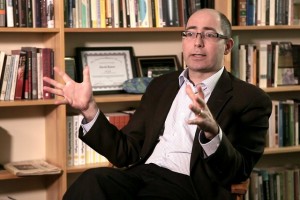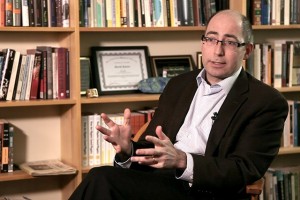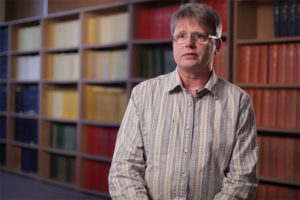Cosmic Inflation and the Origin of Structure in Un...
MIT Professor David Kaiser on galactic superclusters, long-term effects of gravity, and Higgs field
What are Z boson and W boson? How can particles be supersymmetric? What is the Standart Model? These and other questions are answered by Senior Research Scientist at MIT Department of Physics Frank Taylor.
It turns out, that if you get an electron and positron close to each other, they don’t like each other. So, they annihilate. In fact, there was a faculty member, here, at MIT named Martin Deutsch, who was the first to study electron – positron annihilation, it’s an interesting story. But that was at low energy, what the early experiments at MIT were. What I would like to talk about is what happens when you have electrons annihilate with positrons at high energy. And that becomes a very interesting experimental platform.
The electron – positron annihilation is experimentally very clean. That means that there’s very little background. An experimentalist, if you are lucky enough to make an accelerator with sufficient energy, and a detector, that works sufficiently reliably, if you can collide and annihilate electron with positrons, you have this beautiful physics picture that unfolds in front of you. And that is you produce the Zs and then you can study their decay characteristics. The experiment I worked on was at the Stanford Linear Accelerator, called SLAC. It was a wonderful opportunity for me to continue my interest in what’s started in neutrino scattering, but then apply that in the context of electron – positron annihilation.
It’s a good laboratory to study these different decays. By looking at the properties of the decays, you can determine various characteristics of the interaction, the weak interaction, the charge interaction. You can study many aspects of the what’s called the Standard Model, the model of quarks and leptons and forces that we, high energy physicists have been checking for the last forty years. With the data from electron – positron annihilation at the Z pole we’re able to address a number of important questions. One of them was, “How many neutrinos are there in the Universe?”

MIT Professor David Kaiser on galactic superclusters, long-term effects of gravity, and Higgs field

Physicist David Kaiser on the US education funding course, the impact of politics on physics, and connections ...

Physicist Martin McCall on artificial materials, control over the magnetic response, and perfect lenses